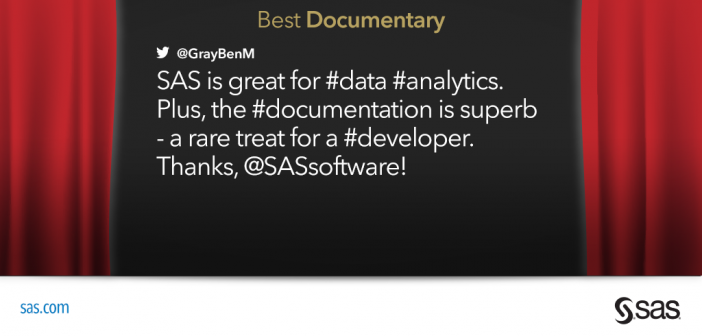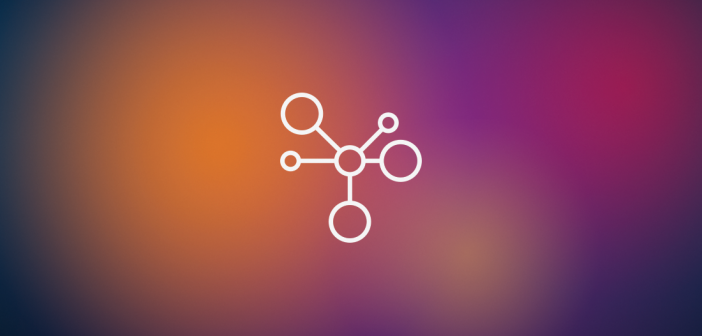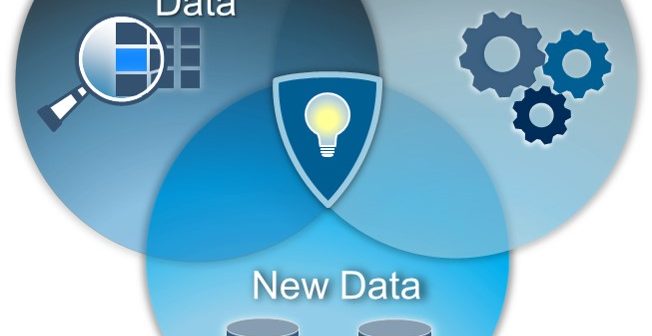SAS Voices
News and views from the people who make SAS a great place to work
The 88th Annual Academy Awards are coming up. Twitter will be on high alert Sunday night to hear who takes home the gold Oscar. To celebrate in our own special way, we want to highlight some of our amazing followers. Without further ado, here are our award-winning posts from the last year: Best

Companies in nearly every industry – from retailers and manufacturers to commercial airlines and health care providers – are all waking up to the opportunities in the Internet of Things. If you're still trying to understand how analyzing IoT data could benefit your business, read a few of the articles

In a recent blog I wrote about how big data is a game changer for the insurance industry. But the question that is often asked “What is big data”? Many people associate big data with the 4 V’s: Volume – The sheer size of data that is produced. Velocity –

In transportation, when an asset is standing still, it is losing money. The same can be said for your business strategy: when you are standing still, you are not innovating or taking advantage of new ways to enhance efficiency or drive profitability. This is true in all industries. In the

When the likes of Elon Musk and Stephen Hawking go on record warning about the dangers of AI, it’s probably prudent to take notice. However, before rushing off into full panic mode, some definitions and perspective would be in order. The type of artificial intelligence Musk and Hawking are referring

There's a lot of chatter about analytics in the information security space. That’s actually a massive understatement. Analytics is a common buzzword, and if everyone's talking it, but how do you cut through all the noise? Who is doing what when it comes to analytics? It can be difficult to tell. As part of





